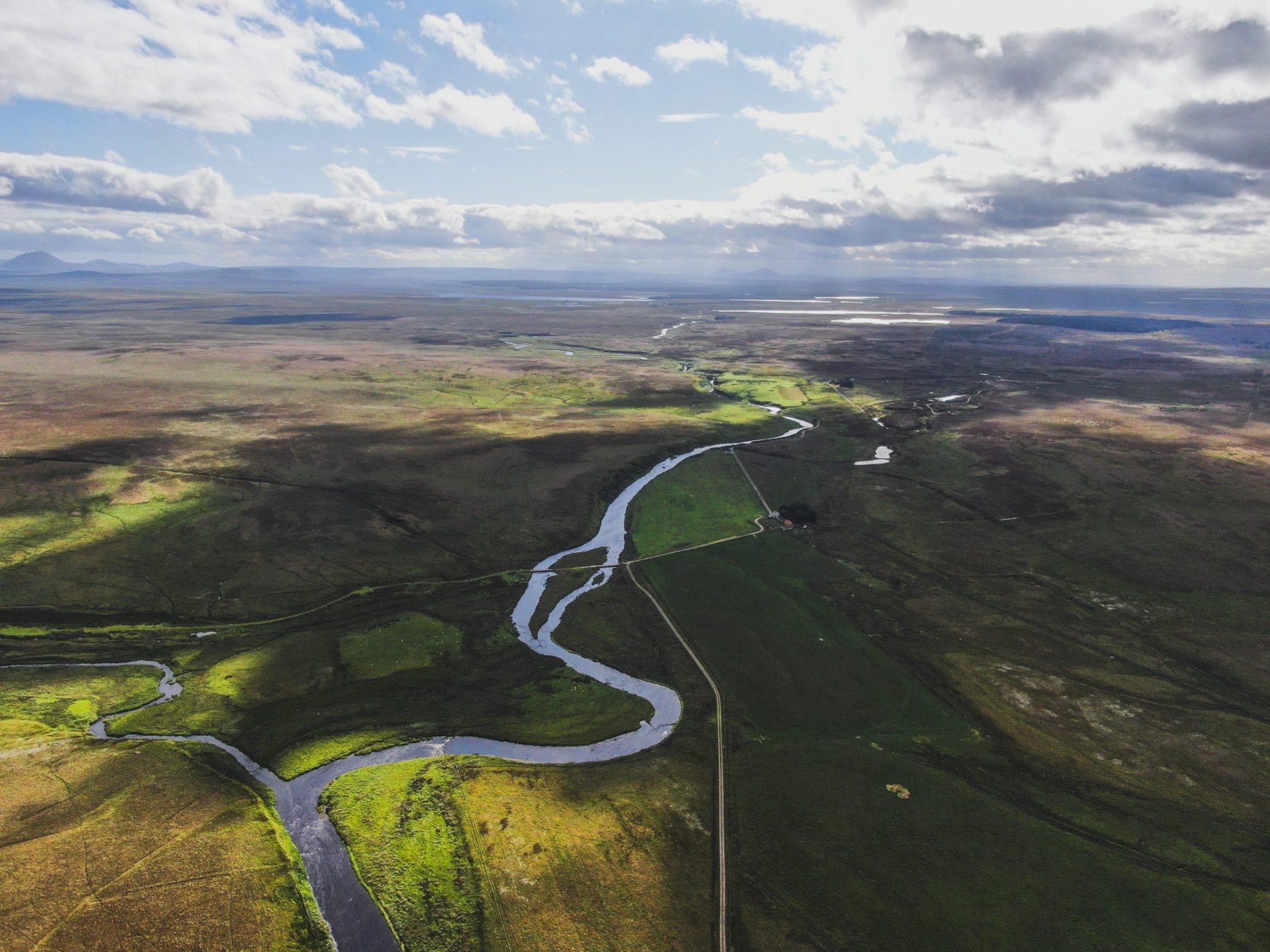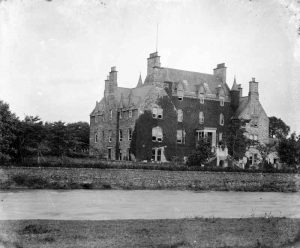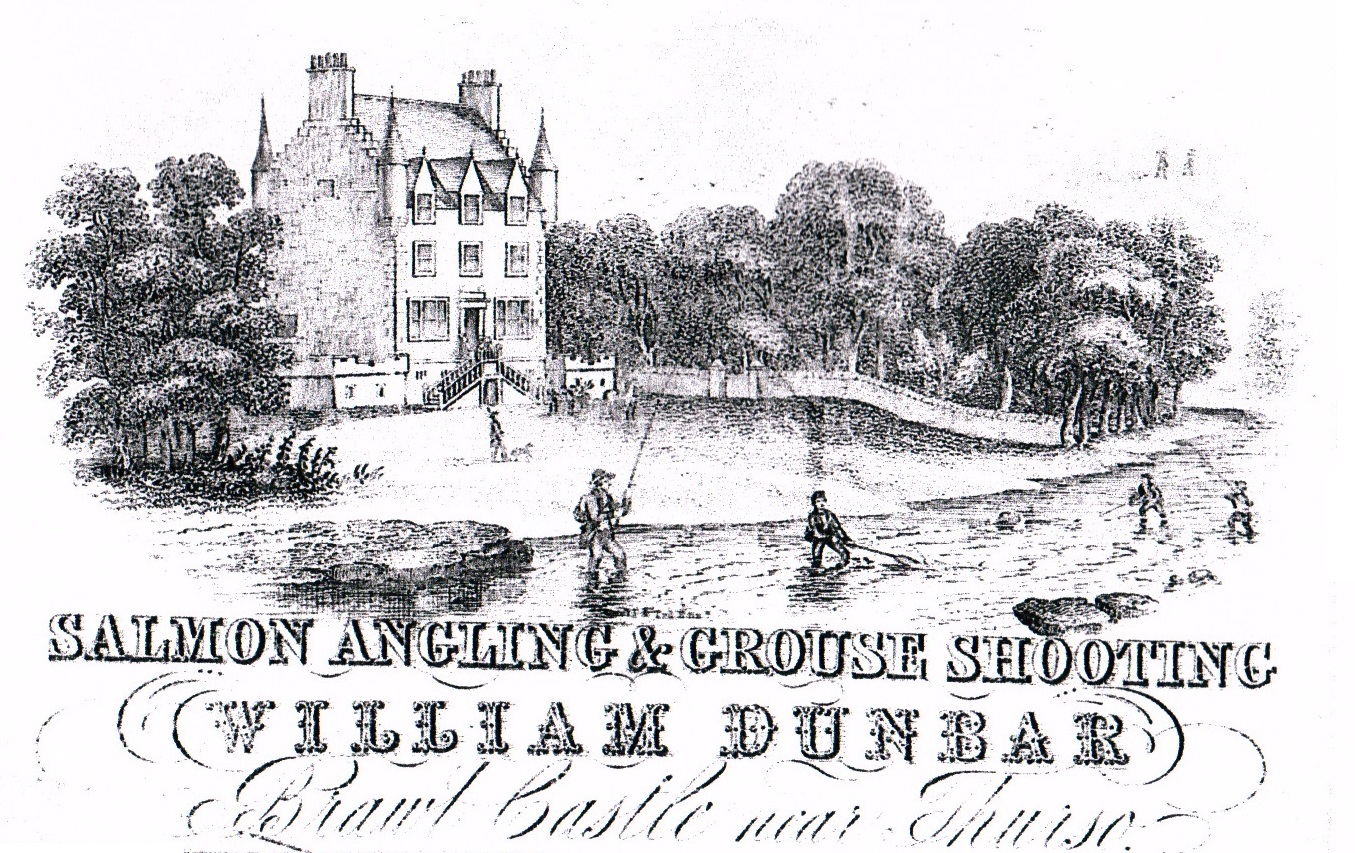Salmon fishing as a sport in Scotland was well established before the 19th century, but it took some considerable time for people to be persuaded to venture as far north as Caithness to enjoy the delights of fishing on the thirty mile stretch of the River Thurso.
During the 19th Century, there is one name synonymous with ensuring that the River Thurso became a prime destination for the great and the good to enjoy a distinctive fishing ‘package’ which included assistance of ghillies, hotel accommodation and transportation to and from the river. William Dunbar was brought up in Grantown on Spey and had been a keen fisherman from an early age. From quite a humble background, William was determined to go out into the world and better himself. This entrepreneurial drive led him initially to go into the hospitality business. He bought a hotel in Thurso which was run by his wife. He was soon involved in more commercial activities including farming, canning of fruit and salmon, commercial salmon fishing and establishing one of the earliest ‘sporting agencies’ on the River Thurso and shooting of game birds on the moors.
The Sinclair family had long been the main landowners in Caithness which also gave them fishing rights. William proved to be a popular character and well respected by the local community and landed gentry. After securing a long lease from Sir George Sinclair for the fishing rights on a twenty six mile stretch of the river, William began his shrewd marketing campaign. He used his many fishing friends and acquaintances, made during his fishing trips across Scotland and Europe, to attract the fishing fraternity to taste the sporting delights of Caithness. Although not as mighty as the Spey or the Dee, the Thurso offered a different fishing experience and people were soon making their annual trek to enjoy some Highland hospitality. Strathmore Lodge, situated in the upper reaches of the river, was part of the lease terms which provided comfortable accommodation for fishing and shooting parties. By 1856, William played a key role in persuading the Sinclairs to build premises close to the river at Halkirk – at Braal Castle – which would become an additional fishing hotel for the lower reaches of the river. Previous members of the Sinclair family had laid the foundations of a new building long before this, but it was never completed.
The Victorian era of industrialisation and the development of the railway brought many changes in the north, particularly with Queen Victoria’s love of Scotland. William Dunbar’s radical step in creating a sporting agency to run Highland rivers to best advantage provided the opportunity for aristocracy to become more adventurous while ensuring their extravagant needs were still met. His legacy in establishing a basic management structure continues to the present day although there is now more opportunity for the wider angling community to enjoy the pleasures of fishing compared to William’s day. He also played his part in putting forward the case to build Braal Castle, which still stands in all its glory looking over the river. William died at Braal Castle in 1879 having achieved a great deal in setting up a practical, cost effective river management strategy which has stood the test of time.


